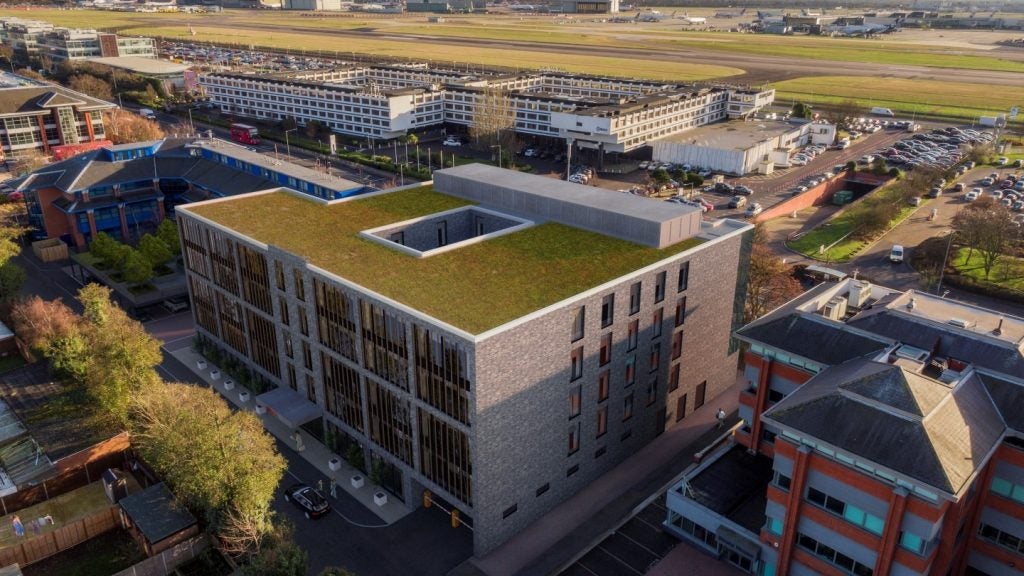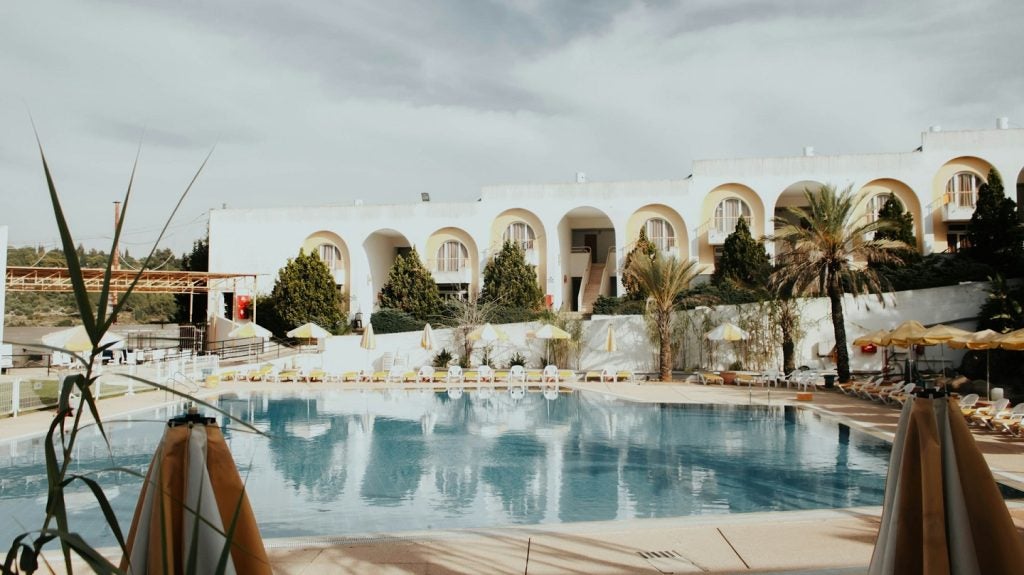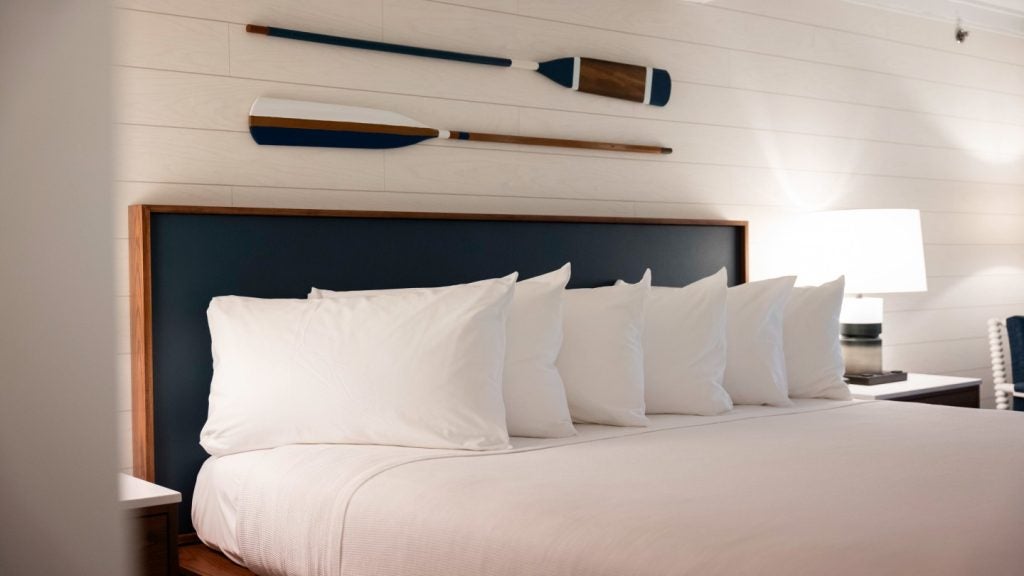
According to CoStar and STR analysis, hotels in Australia are entering a period of normalisation due to rising demand for business travel.
Australia’s occupancy through the first seven months of 2023 was 68.2%, up 9.8% from 2022 but down 6.0% from 2019.
The country’s average daily rate (ADR) of A$234.46 was 7.4% higher than the previous year and 22.4% better than in 2019. Driven by gains in ADR, revenue per available room (RevPAR) has been indexing at 120 (20% higher) than 2019 since April 2022.
GlobalData’s travel and tourism intelligence shows that Australia’s top five source markets are New Zealand, the UK, India, Singapore and the US.
Which cities in Australia have seen the highest hotel occupancy?
Brisbane has shown the highest recent occupancy index peaks, reaching as high as 114 in early July 2023.
Perth has remained above 2019 levels for much of 2023 and peaked as high as 125 in late April.
How well do you really know your competitors?
Access the most comprehensive Company Profiles on the market, powered by GlobalData. Save hours of research. Gain competitive edge.

Thank you!
Your download email will arrive shortly
Not ready to buy yet? Download a free sample
We are confident about the unique quality of our Company Profiles. However, we want you to make the most beneficial decision for your business, so we offer a free sample that you can download by submitting the below form
By GlobalDataSydney trended below 2019 for much of 2023 but exceeded that threshold for two straight weeks in late July.
Melbourne, whilst absorbing a higher volume of supply, has remained below 2019 comparables throughout 2023.
Trends in weekday occupancy (Monday to Wednesday), which earlier in 2023 had grown the most against the previous year, have maintained consistent growth in recent months while “shoulder days” (Sunday and Thursday) have fluctuated, and weekends (Friday and Saturday) have decreased.
Compared to 2019, weekends are the furthest recovered. Weekdays reached 98% of their pre-pandemic comparable in late July.
Australia hotel and business travel overview
STR’s regional director for the Pacific region, Central South Asia and Japan, Matthew Burke, comments: “Australia is following many other countries into a period of normalisation. That is happening because the surge in domestic leisure travel peaked in 2022, and while room prices are considerably higher than in 2019, we’ve seen minimal-to-no rate growth year-on-year. That isn’t a loss, but more of a shift, as we’ve seen gains in capital cities and on the days most associated with corporate demand.”
He adds: “There is anecdotal evidence that finance and professional service corporate travellers have been slower to recover than other industries. With all that considered, our forecast is watchfully optimistic on the assumption of further improvement in international and corporate demand.”
GlobalData finds that business travel is a much more complex sector than leisure travel, as it encompasses not only the economic, environmental and safety issues of leisure travel, but also the added layers of corporate responsibility, budgeting and the evolution of hybrid working.







